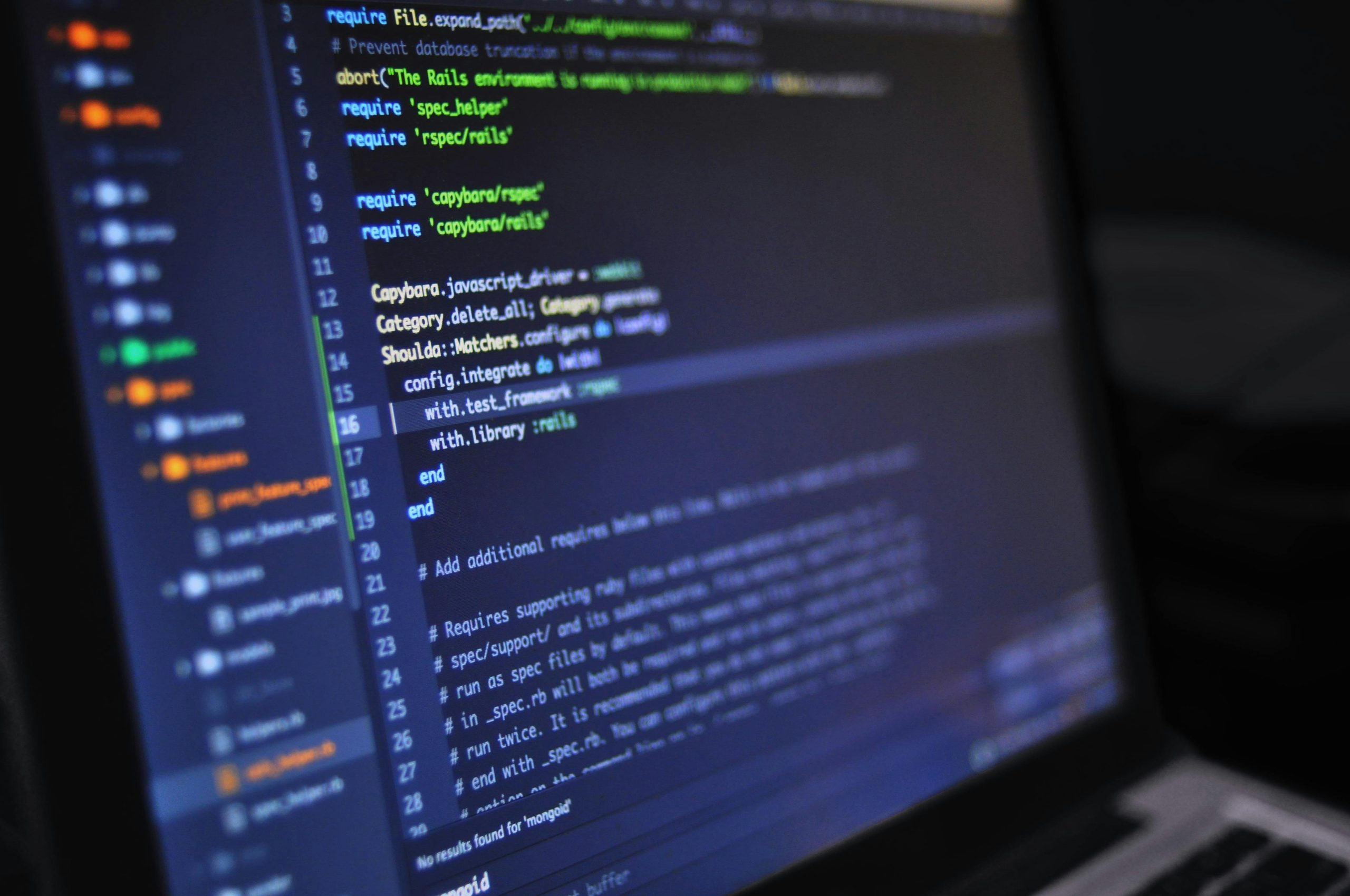The Future of Debugging
In the ever-evolving universe of software development, debugging is still one of the most critical and time-consuming tasks. As systems grow more complex, spanning distributed architectures, AI models, and billions of lines of code, the traditional approaches to debugging are struggling to keep up. Change is on the horizon, nonetheless. The future of debugging promises the potential for smarter, faster, and more autonomous solutions that could alter how developers identify and fix errors.
1. Manual to Intelligent: The Emergence of AI-Driven Debugging
One of the most noticeable trends in debugging is the integration of artificial intelligence (AI) and machine learning (ML). Traditional debugging often involves manual code review, breakpoints, and log analysis. Yet, future debugging tools will leverage AI to:
- Predict and detect bugs even before they occur based on code pattern recognition.
- Recommend repairs automatically by learning from millions of past bug reports and codebases.
- Rank issues by severity, frequency, and impact.
For example, AI-powered tools like GitHub Copilot, Tabnine, and CodeWhisperer are simplifying developers’ lives by writing cleaner code. The next generation of such tools will go beyond code completion to actively monitor and debug code in real-time.
2. Autonomous Debugging Agents
Imagine a debugging agent that is as capable of monitoring your application, detecting anomalies, tracing the root cause, and rolling out fixes without human intervention. Such autonomous agents are no longer the realm of science fiction. They’re real thanks to advances in:
- Observability platforms (e.g., Datadog, New Relic, and Grafana).
- Self-healing software using runtime patches.
- Automatic testing and rollback mechanisms.
Autonomous debugging will have its most critical uses in high-availability systems (e.g., cloud services, fintech apps, or e-commerce) where downtime is costly and real-time responsiveness is essential.
3. Quantum Debugging: A Future Frontier
As quantum computing matures, debugging will extend to quantum algorithms, where classical tools are insufficient due to the probabilistic nature of quantum states. Future debugging will involve:
- Quantum state tracing to track qubit evolutions.
- Quantum simulators mimicking quantum environments for testability.
- Hybrid classical-quantum debugging tools.
This market is nascent, but as quantum development languages like Q# and Qiskit reach maturity, so too will the need for custom debugging environments.
4. Augmented Reality (AR) and Visual Debugging
Debugging can be made visual and immersive. Using AR and XR (Extended Reality), developers will be able to:
- Visualize data flows in 3D space.
- Navigate stack traces using gesture-based interaction.
- Co-debug in virtual rooms, examining logs and variables in real time.
It is especially handy for debugging hardware-integrated systems like robotics, IoT, and VR/AR games where it is valuable to see the spatial relationship between code and device activity.
5. Improved Observability with Contextual Debugging
Observability tools are increasingly part of the debugging experience. Instead of static logs or error codes, next-gen systems will provide:
- Dynamic context around errors (what changed, when, and why).
- Correlated telemetry data from third-party servers, APIs, and services.
- Tracing of user activity to reproduce bugs more efficiently.
Debugging will become less reactive and more proactive developers will be notified not just when something breaks, but why and how it might break again.
6. Debugging in CI/CD and DevSecOps Pipelines
In modern DevOps and DevSecOps workflows, debugging is shifting left into the deployment and build phases. The future in this area includes:
- Code commit-time real-time debugging, preventing bugs from entering production.
- Automated security-focused debugging, catching vulnerabilities in real time.
- AI-powered code reviews that identify logical flaws and integration issues upfront.
This trend will render debugging continuous, integrated, and team-based rather than a solo activity for the developer after deployment.
7. Language-Agnostic and Cross-Platform Debugging
With microservices, APIs, and serverless functions often written in more than a single language and deployed on multiple platforms, debugging needs to break out of silos. Future solutions will:
- Offer cross-language traceability and breakpoints.
- Debug local, containerized, and cloud environments without interruption.
- Integrate with distributed systems tracing tools like OpenTelemetry.
Developers will debug workflows rather than individual scripts or services, which will promote system-level understanding.
8. Ethical and Responsible Debugging
As AI-powered tools alter and sometimes rewrite code on their own, the ethical aspect of debugging is coming to the forefront. Issues about:
- Bias in AI-authored bug fixes
- Liability for automatically introduced patches
- Debugging safety-critical systems (e.g., medical, avionics)
…will make transparency, auditability, and human review vital for automated debugging systems.
The Developer’s New Ally
Debugging will no longer be the frustrating, trial-and-error experience it has been. Instead, it will be a seamless, intelligent, and even collaborative experience. From AI-powered suggestions to quantum-aware tools and AR-enhanced environments, debugging’s future is a combination of human expertise and machine productivity.
For developers, this means fewer headaches, more robust apps, and the freedom to focus on innovation rather than bug hunting.
